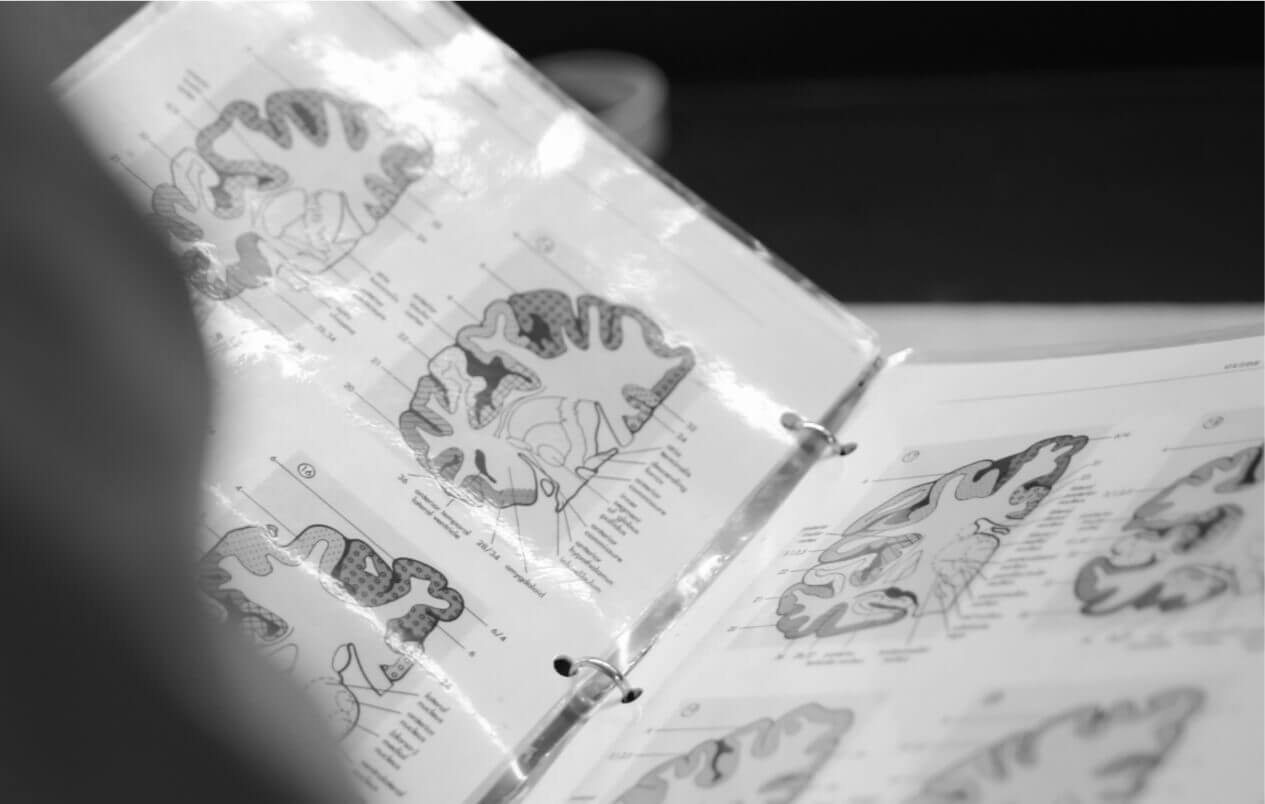When Tragedy Illustrates a Critical Need
It was recently determined that the man who shot and killed people in the Manhattan office building that housed the National Football League earlier this year did indeed have the brain-degenerating disorder he suspected: chronic traumatic encephalopathy (CTE). He had written that he was angry at the NFL for hiding the dangers of the sport, and that was his reason for tragically killing four people and shooting himself in the chest—so his brain could be studied.
There are too many reasons why this violent episode is incredibly tragic. And it illustrates that we still have far to go in understanding what happens when the human brain is harmed. The 27-year-old-gunman had played football…but not since high school. We still don’t know enough about what exactly happens to the brain when it takes hits. Is it the repetition? Does the severity matter? What about frequency? Is it the shaking within the skull? Or the actual contact that’s worse?
Then there’s the manifestation of the injury. Some behave irrationally. Get dementia. Act aggressively. Can’t concentrate. Or sleep. Develop mood disorders. Become violent. Female athletes who experience brain injuries often report more severe symptoms for a longer period than their male counterparts. The fact that women are more often victims of domestic partner violence is one more reason that understanding many facets of brain injury is urgent. Whether it happens in sports, military service, accidents or attacks – we simply have not learned enough about traumatic brain injuries and what they do to us.
What we do know is that this precious organ – the least understood but most critical to our being – is fragile. We cannot fully predict the impact when the brain is injured, and there’s currently no way to diagnose CTE while the person is alive. It simply couldn’t be clearer that donated human brain tissue – diseased and healthy – is necessary to learn how to prevent, treat and cure the catastrophe of traumatic brain injury.



